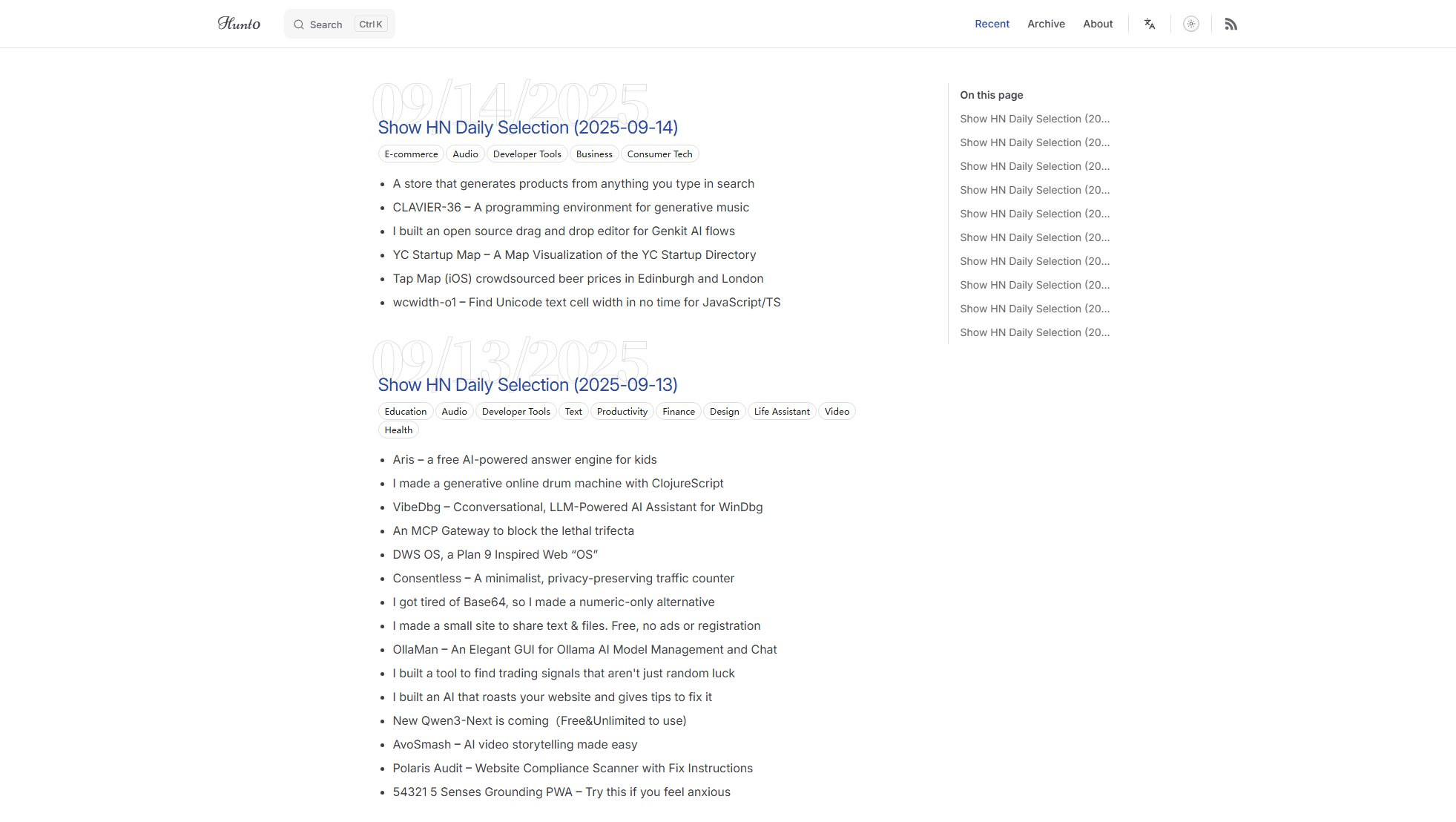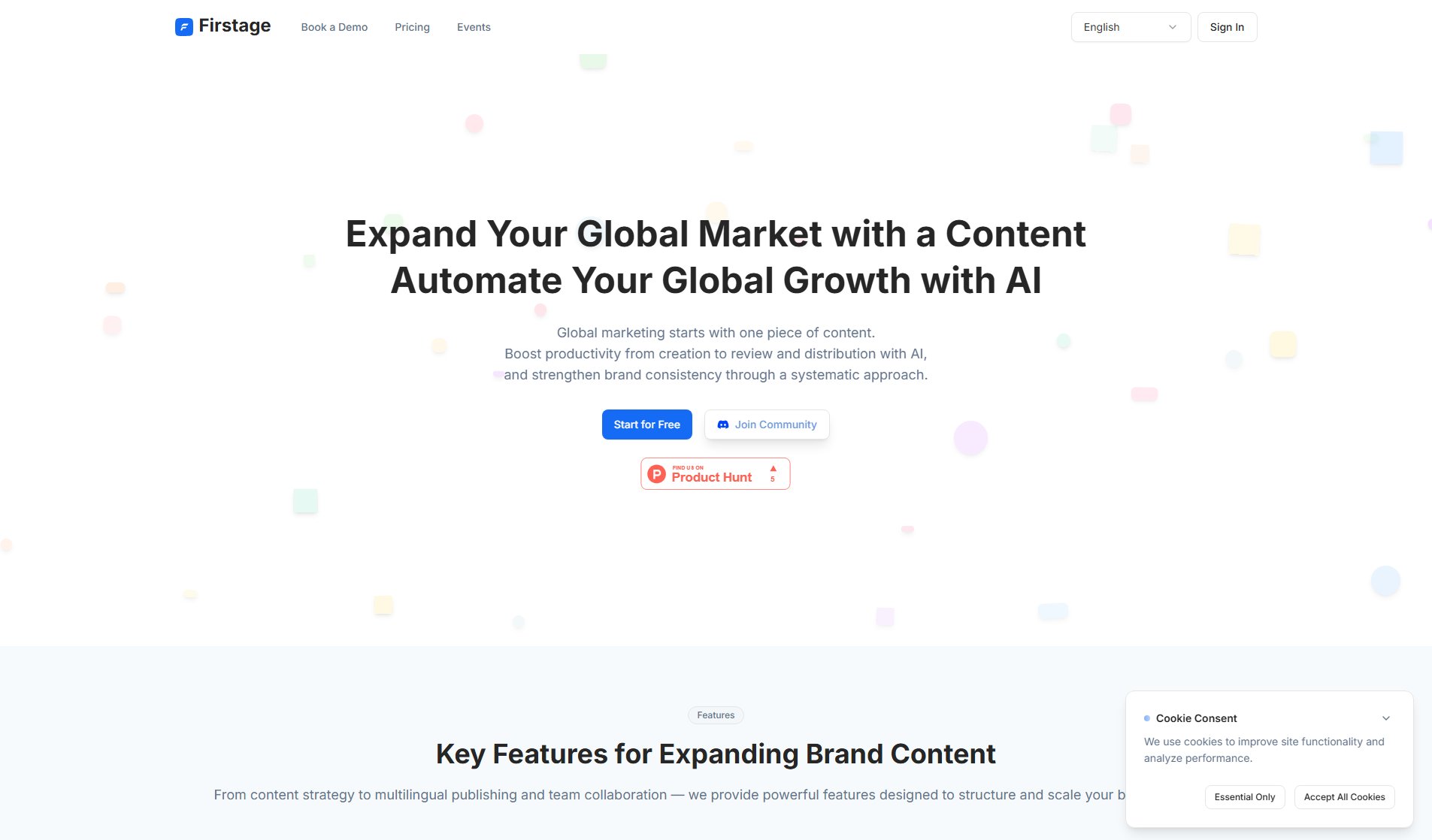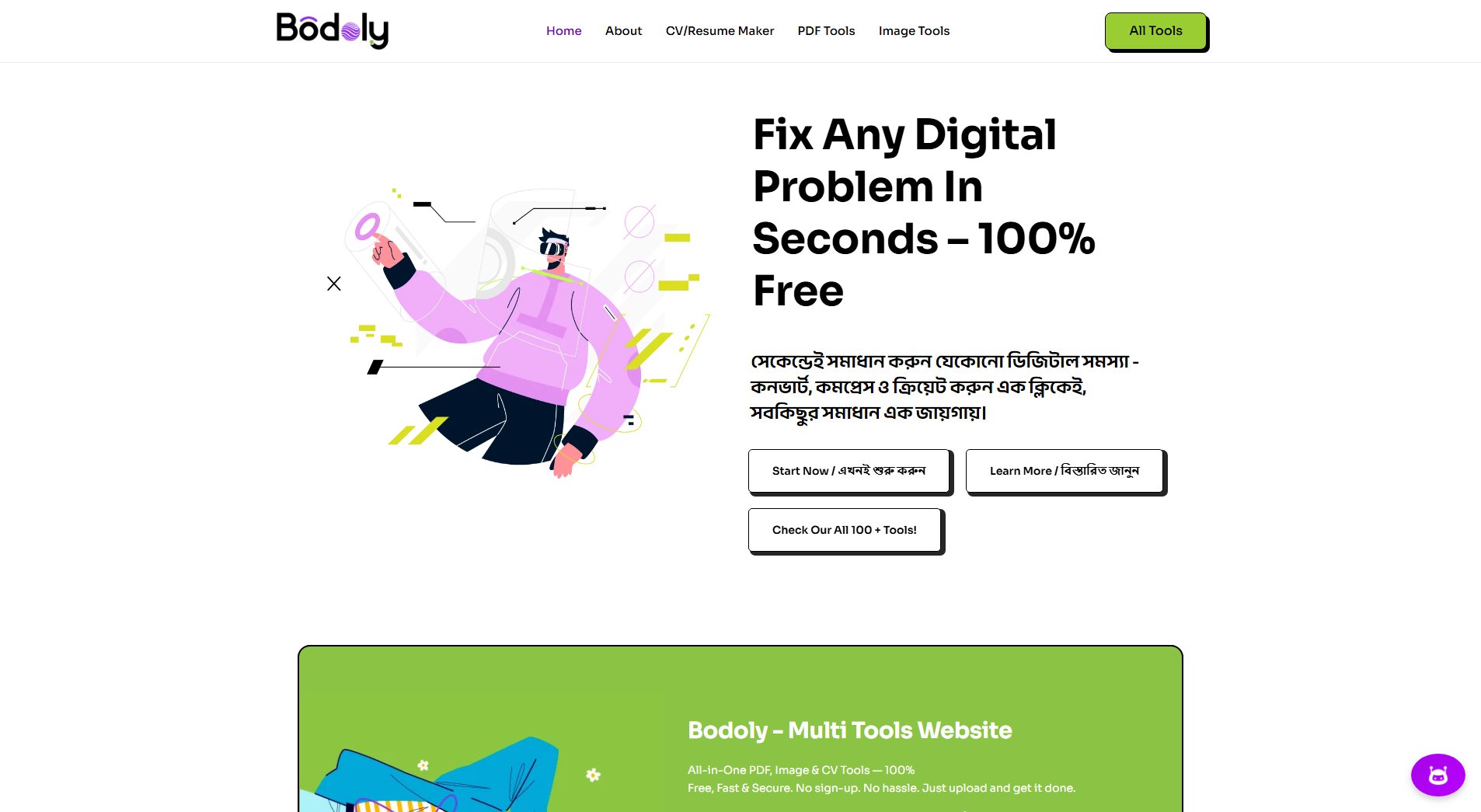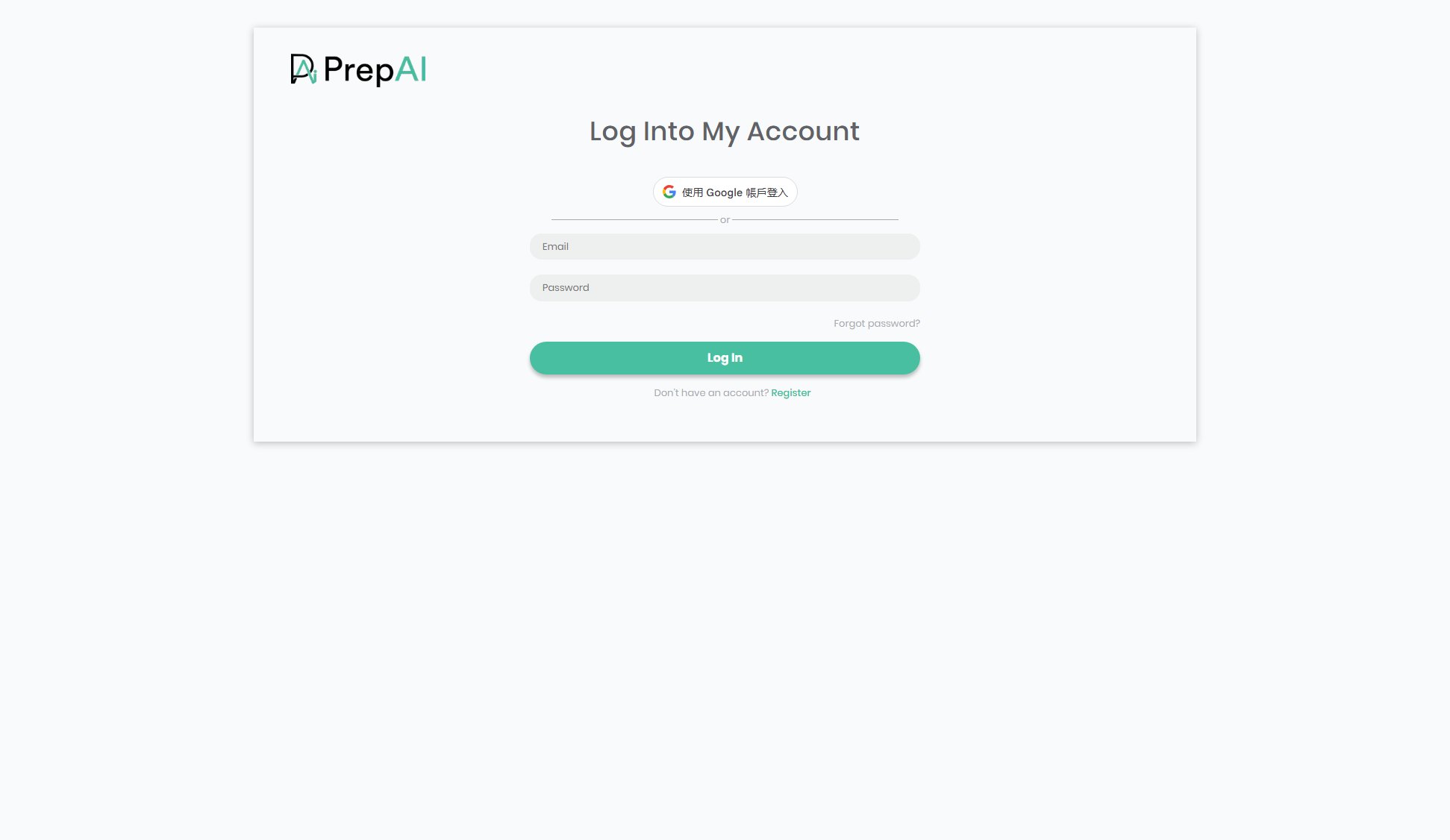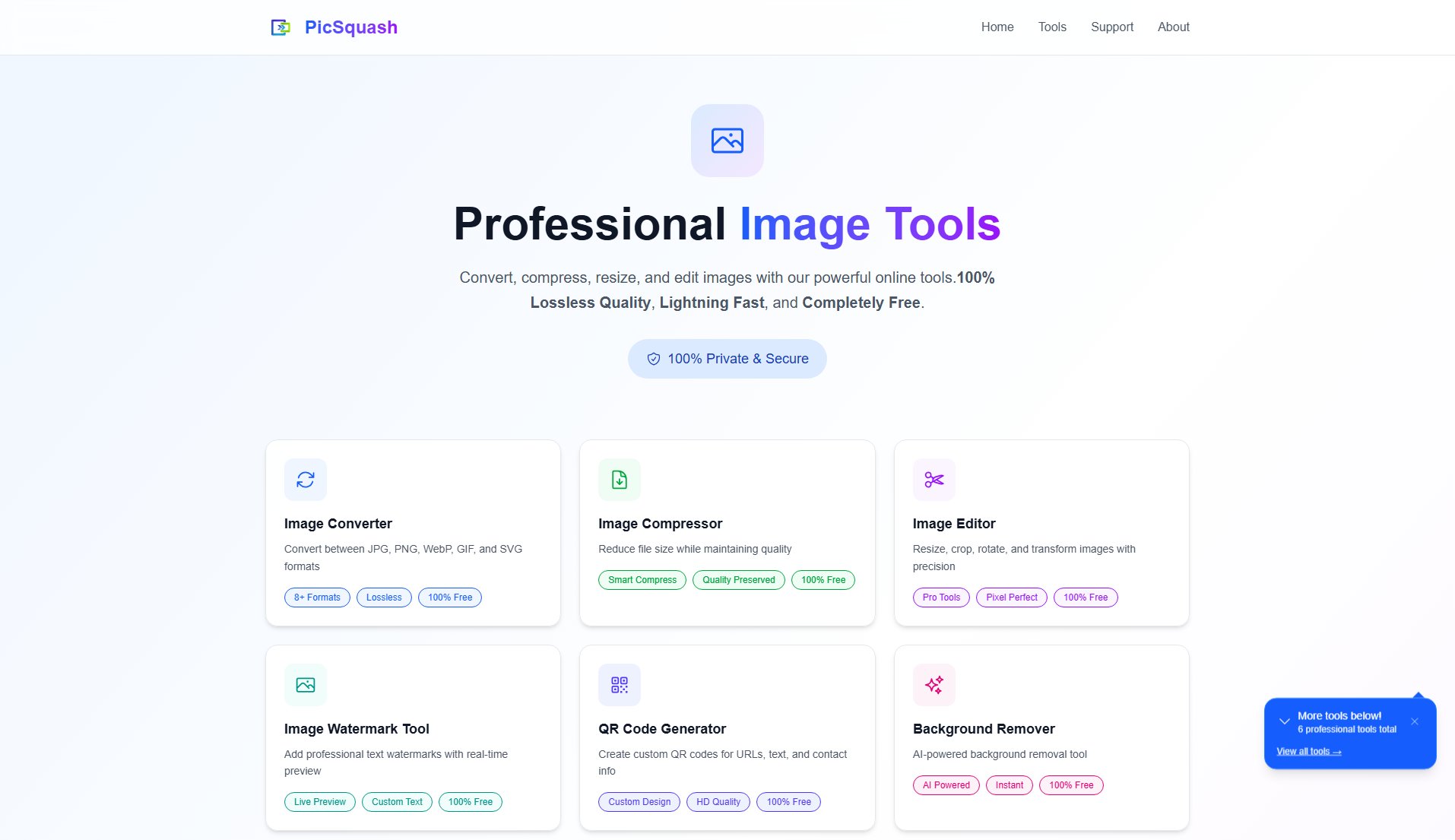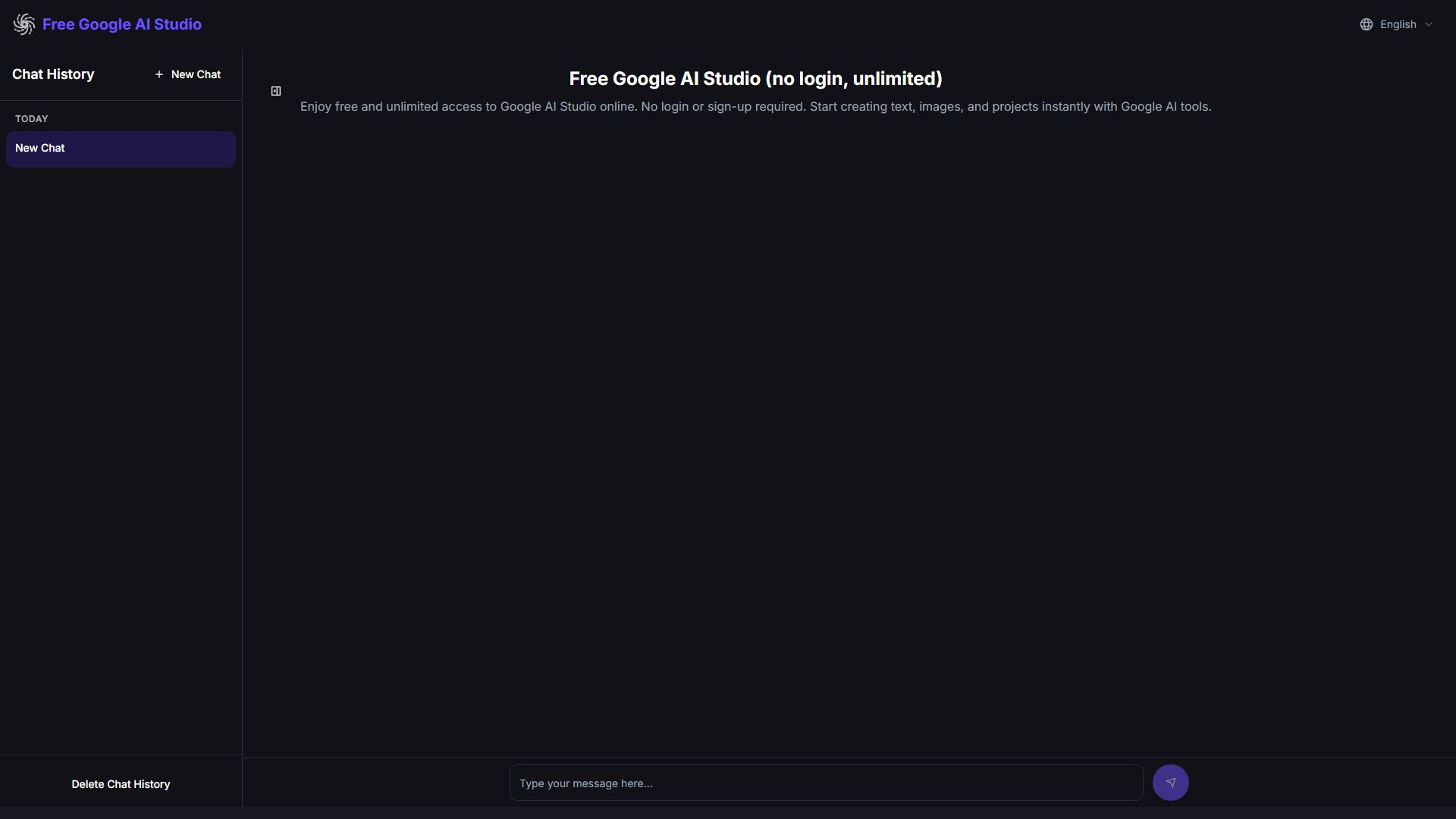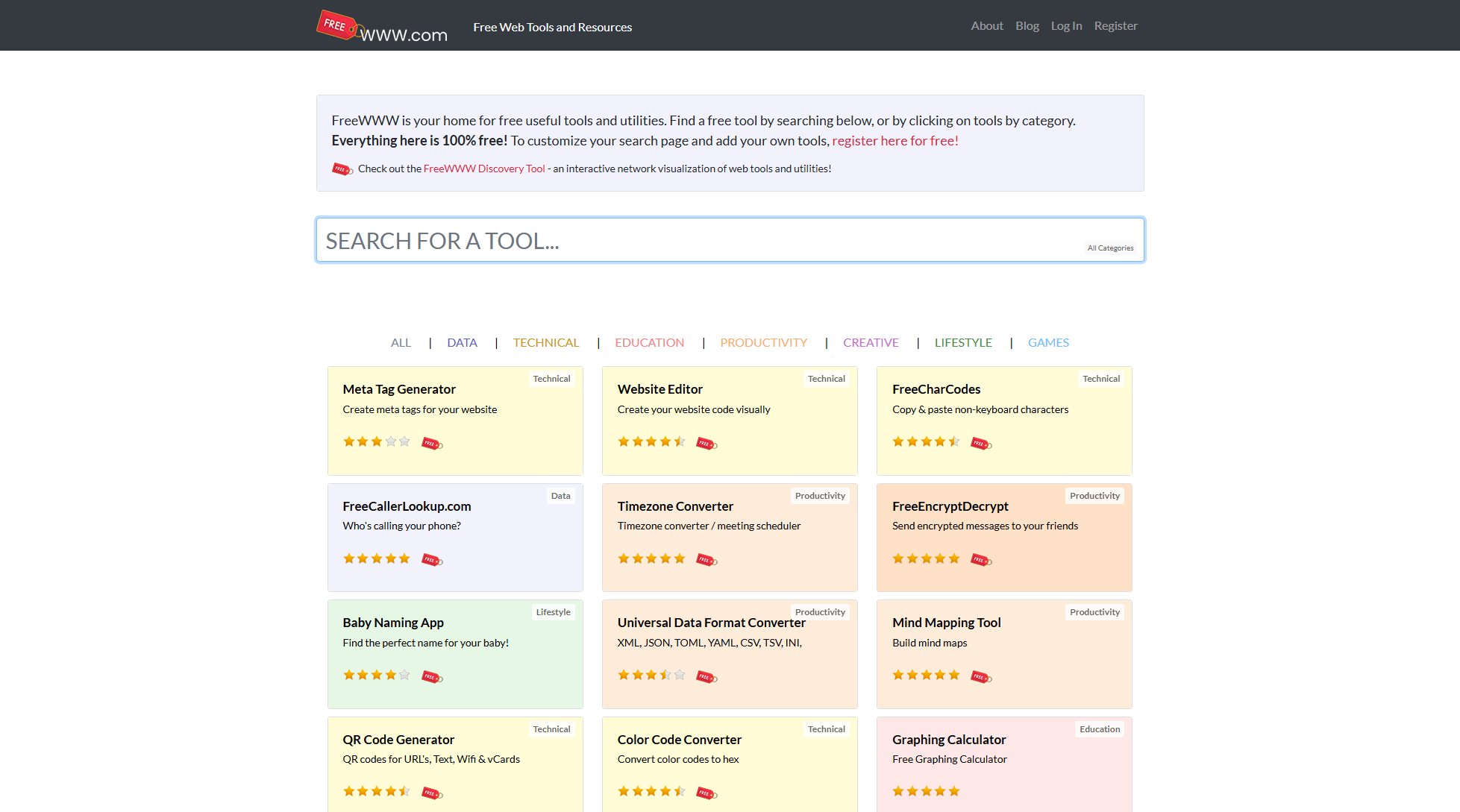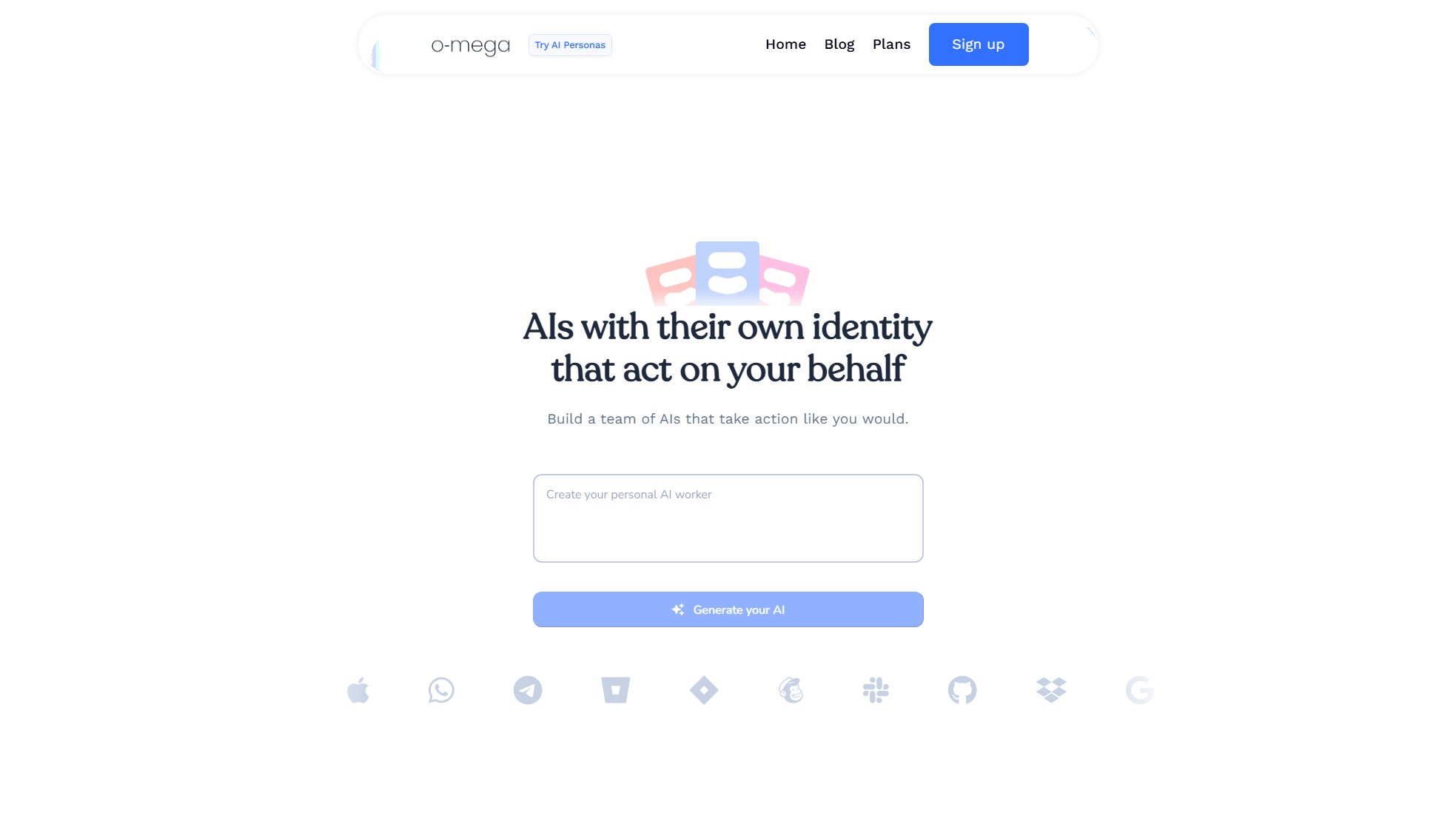Opal
Build, edit, and share mini-AI apps with natural language
What is Opal? Complete Overview
Opal is an innovative platform by Google that enables users to create, edit, and share mini-AI applications using simple natural language commands. It simplifies the process of AI app development, making it accessible to a broad audience, from hobbyists to professionals. The tool is designed to solve the pain points of complex coding requirements and steep learning curves associated with traditional AI development. With Opal, users can focus on their ideas while the platform handles the technical complexities. The target audience includes general users interested in AI, developers looking for rapid prototyping, and enterprises seeking to streamline their AI application workflows.
Opal Interface & Screenshots
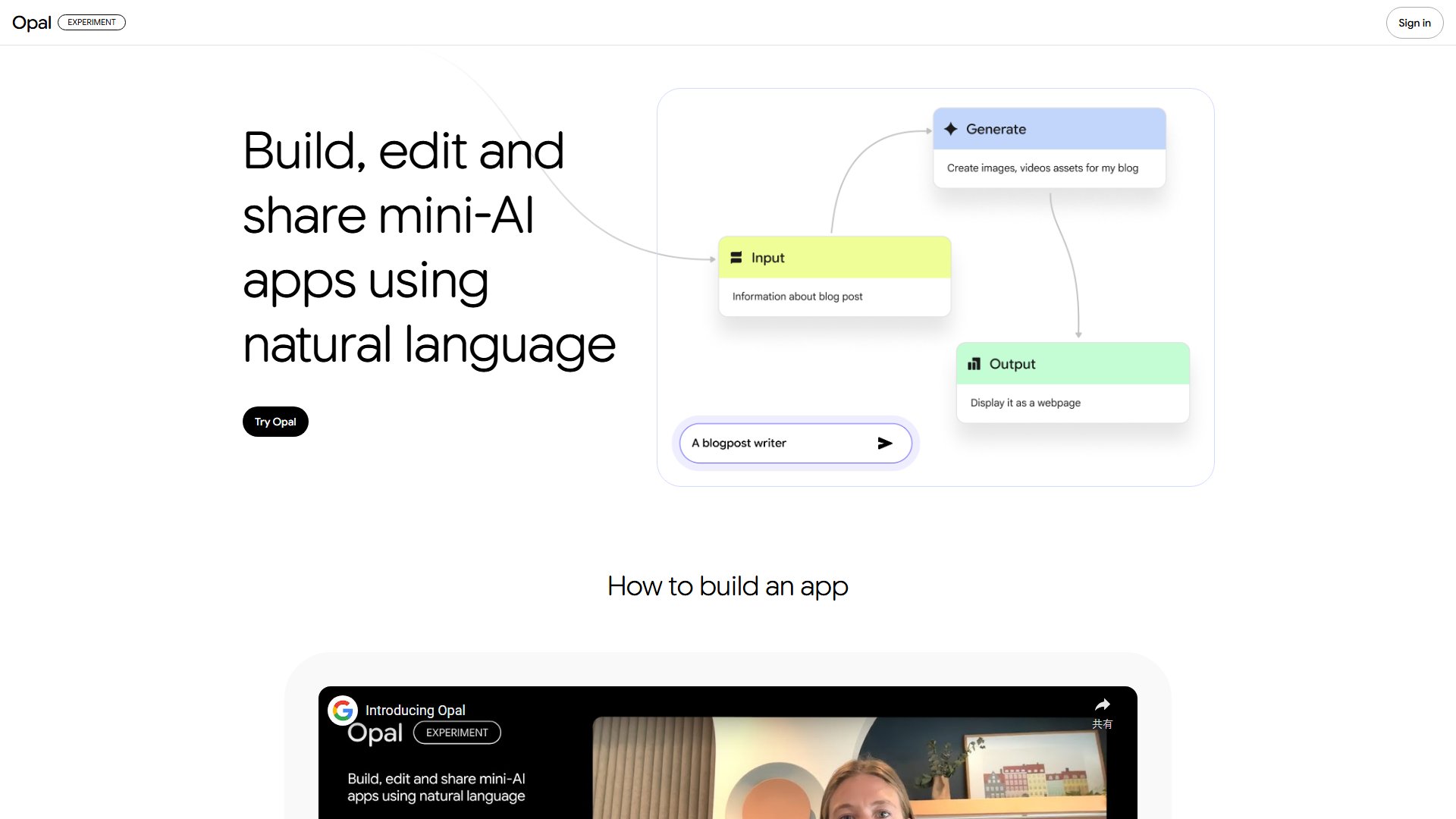
Opal Official screenshot of the tool interface
What Can Opal Do? Key Features
Natural Language App Creation
Opal allows users to build mini-AI applications using natural language, eliminating the need for extensive coding knowledge. Simply describe your app's functionality, and Opal translates it into a working application.
Graph-Based Workflow
The platform visualizes the app-building process through a graph-based interface, showing interconnected steps such as input collection, asset creation, and output generation. This makes it easy to understand and modify the app flow.
Rapid Prototyping
Opal is ideal for rapid prototyping, enabling users to quickly test and iterate on their AI app ideas without the overhead of traditional development processes.
Shareable Mini-Apps
Users can easily share their mini-AI apps with others, fostering collaboration and allowing for quick feedback and improvements.
Integration with Google Services
Opal integrates seamlessly with various Google services, such as Google Drive and Generative Language APIs, enhancing its functionality and ease of use.
Best Opal Use Cases & Applications
Blog Post Writer
Create a mini-AI app that takes user input about a blog topic and generates a well-structured draft, saving time and effort for content creators.
Data Analysis Tool
Develop a mini-AI app that processes raw data inputs and generates visual summaries or reports, ideal for quick data insights.
Customer Support Bot
Build a mini-AI app that answers common customer queries based on a knowledge base, enhancing customer service efficiency.
How to Use Opal: Step-by-Step Guide
Visit the Opal website and sign in using your Google account to start building your mini-AI app.
Describe your app's functionality in natural language. For example, 'Create a blog post writer that takes user input and generates a draft.'
Opal will generate a graph-based workflow based on your description, showing the steps involved in your app. Review and modify the steps as needed.
Test your app by providing sample inputs and checking the outputs. Make adjustments to the workflow if necessary.
Once satisfied, share your mini-AI app with others or integrate it into your workflow.
Opal Pros and Cons: Honest Review
Pros
Considerations
Is Opal Worth It? FAQ & Reviews
Currently, Opal is in the experimental phase, and information about pricing plans is not yet available. Please check the website for updates.
You can build a variety of mini-AI apps, such as content generators, data processors, and simple chatbots, using natural language commands.
No, Opal is designed to be user-friendly and does not require any coding knowledge. You can build apps using natural language descriptions.
Yes, Opal allows you to easily share your mini-AI apps with others for collaboration and feedback.
Opal integrates with Google Drive and Generative Language APIs, among other services, to enhance functionality.
